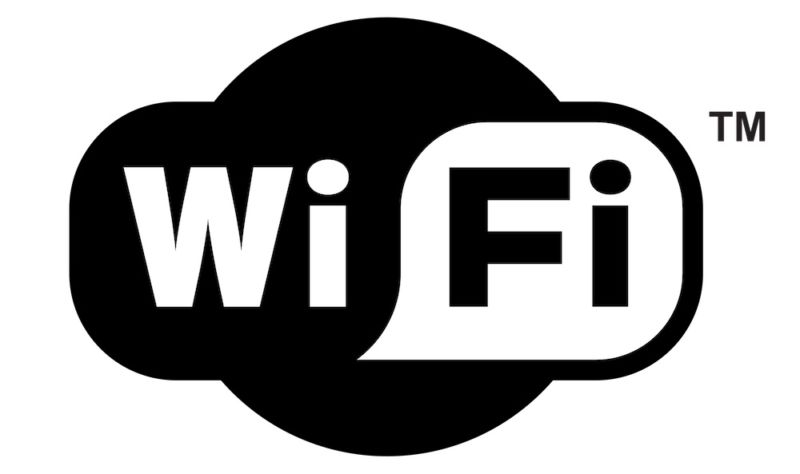NOTICE OF ABSENCE –
Buffer overflow can be triggered in Realtek Wi-Fi cards, no user interaction needed.

A potentially serious vulnerability in Linux may make it possible for nearby devices to use Wi-Fi signals to crash or fully compromise vulnerable machines, a security researcher said.
The flaw is located in the RTLWIFI driver, which is used to support Realtek Wi-Fi cards in Linux devices. The vulnerability triggers abuffer overflowin the Linux kernel when a machine with a Realtek Wi-Fi card is within radio range of a malicious device. At a minimum, exploits would cause an operating-system crash and could possibly allow a hacker to gain complete control of the computer. The flaw dates back to version 3. 10. 1 of the Linux kernel released in 2013.
“The bug is serious,” Nico Waisman, who is a principal security engineer at Github, told Ars. “It’s a vulnerability that triggers an overflow remotely through Wi-Fi on the Linux kernel, as long as you’re using the Realtek (RTLWIFI) driver.”
The vulnerability is tracked as CVE – 2019 – 17666. Linux developersproposed a fixon Wednesday that will likely be incorporated into the OS kernel in the coming days or weeks. Only after that will the fix make its way into various Linux distributions.
Waisman said he has not yet devised a proof-of-concept attack that exploits the vulnerability in a way that can execute malicious code on a vulnerable machine.
“I’m still working on exploitation, and it will definitely … take some time (of course, it might not be possible), “he wrote in a direct message. “On paper, [this] is an overflow that should be exploitable. Worst-case scenario, [this] is a denial of service; best scenario, you get a shell.”
After the vulnerability became public, the researcherdiscussed the flawon Twitter.
Notice of Absence
The driver flaw can be triggered when an affected device is within radio range of a malicious device. As long as the Wi-Fi is turned on, it requires no interaction on the part of the end user. The malicious device exploits the vulnerability by using a power-saving feature known as a Notice of Absence that’s built intoWi-Fi Direct, a standard that allows two devices to connect over Wi-Fi without the need of an access point. The attack would work by adding vendor-specific information elements to Wi-Fi beacons that, when received by a vulnerable device, trigger the buffer overflow in the Linux kernel.
The vulnerability only affects Linux devices that use a Realtek card that’s turned on. The flaw can’t be triggered if Wi-Fi is turned off or if the device uses a Wi-Fi card from a different manufacturer. Based on linkshereandhere, it appears that Android devices with Realtek Wi-Fi cards may also be affected.
Representatives of both Realtek and Google didn’t immediately comment on this story.
While it’s still not clear how severely this vulnerability can be exploited, the prospect of code-execution attacks that can be staged wirelessly by devices within radio range is serious. This post will be updated if new information becomes available.






GIPHY App Key not set. Please check settings